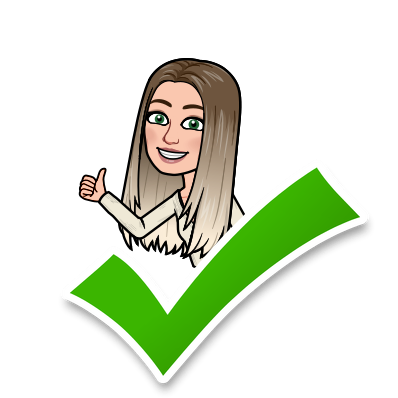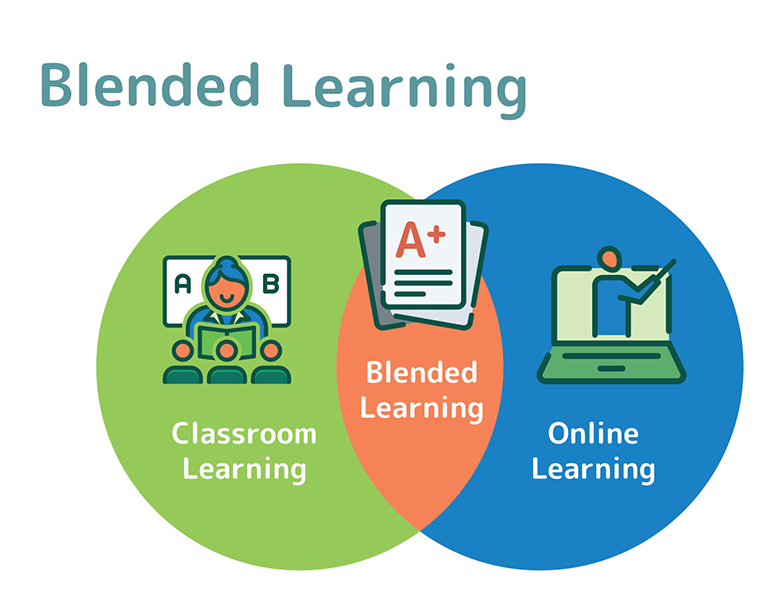This course was co-designed with my colleague Mrs. Meagan McLellan! You can find her blog here!
Teaching middle school drama is tough. A quarter LOVE it, a quarter REALLY dislike it, and the rest are going through the motions and counting the days until we are back to painting or drawing. It is not unusual for performing and presenting to cause anxiety, so we decided to design our course around meeting the needs of our students in a subject that can be difficult to teach and hopefully help them have fun and fall in love with the content along the way.
WHAT
In our blended and synchronous course, our grade 7 students will learn about the elements of radio plays, how to create soundscapes, how to use Foley sounds to create sound effects, and record, edit, and produce their own radio plays in small groups. The focus is not on writing skills so they will use pre-written stories; however, they will edit and adapt the stories to use soundscapes, effects, and voice acting wherever possible.
Our course will touch on each outcome of the grade 7 drama unit:
CP7.5
- Use drama elements, strategies, negotiation, and collaboration to help shape the direction of the drama and/or collective creation.
CP7.6
- Express ideas about the importance of place (e.g., relationships to the land, local geology, region, urban/rural environments) in drama and/or collective creation.
CP7.7
- Investigate improvisation using the voice, instruments, and a wide variety of sound sources from the natural and constructed environment.
WHO
Our course will be used in a grade 7 Connected Classroom which has a high percentage of EAL students. In our experience teaching middle years, we frequently see student anxiety around presenting and performing. We have seen an uptick in absences on presentation days, a willingness to ‘take a 0’ on a presentation mark, issues with collaboration, and requests for alternate presentation times, like at recess or after school. Our goal is to meet students where they are and help build presentation and communication skills without increasing anxiety.
Our students are also very ‘techy’ – the vast majority have access to tech at home, and the novelty of tech at school has yet to wear off! We are hoping this meaningful integration of technology can help build excitement and the new platforms can keep things fresh and exciting.
HOW
Our LMS is primarily Microsoft Teams and Seesaw. Both these platforms allow for student/teacher communication, allow for feedback and assessment, can host resources and links, and parents can be involved in progress through Seesaw, which is a big plus! Both Teams and Seesaw are licensed by our division for all teaching staff. Other tools we will use are:
WeVideo – while there is the ability to edit and mix for free, as Connected Educators we are able to access licenses so we can use each feature of this platform. Here, students can share their projects with their group, edit on their own devices (much like a shared document in Google Docs or Word!), record,upload recordings, and share with the teacher. Licenses are usually granted for 30 days, but these can be extended based on need. Another benefit of using WeVideo for collaborative projects is that students do not need to be present to record. If a student is absent for an extended period of time, they can record their parts before leaving OR when they return, and their contributions can be spliced, layered, and reorganized in to fit the script!
BBC Sound Effects – a great little website filled with free-to-use soundscapes and sound effects! Students are able to layer sounds and create their own mixes for free. They can download their mixes straight from the website and upload them into WeVideo.
SEQUENCE
First, students will learn about soundscapes, and spend some time identifying different sounds in different environments. They will practice making their own soundscapes using BBC Sound Effects.
Then, students will spend some time learning about Foley sounds. For those unfamiliar, check out this video to see Foley engineers in action! They’ll make their own sound effects with Foley in mind.
Lastly, students will put these elements together with the introduction of radio plays. They’ll learn about radio plays, listen to examples, identify elements, and then plan and produce their own radio plays in small groups.
CONSIDERATIONS AND ADAPTATIONS
We are heavily influenced by ITSE Student Standards, particularly the empowered learner focus (Students leverage technology to take an active role in choosing, achieving and demonstrating competency in their learning goals, informed by the learning sciences). We will try to dismantle as many road blocks as possible so students can still be challenged, but ultimately find success. Because of our high EAL percentage and performance anxiety in our class, there will be no story writing or ‘live’ performances. Students can take stories and make them their own, practice their parts, rerecord if they need, and share their final products in safe settings.
Attendance and hard deadlines are an inevitable aspect of our course. However, a benefit of our chosen platforms is that students can record all their parts individually (whether that be voice acting or creating sound effects) and these files can be edited in the order and sequence required. They do not have to record their play in its entirety at once, hoping for no errors! Students can also share audio files through Teams and access the platforms at home, if they have access to technology.
Here is our our ADDIE template – we look forward to hearing your feedback and learning more about the courses you designed!





